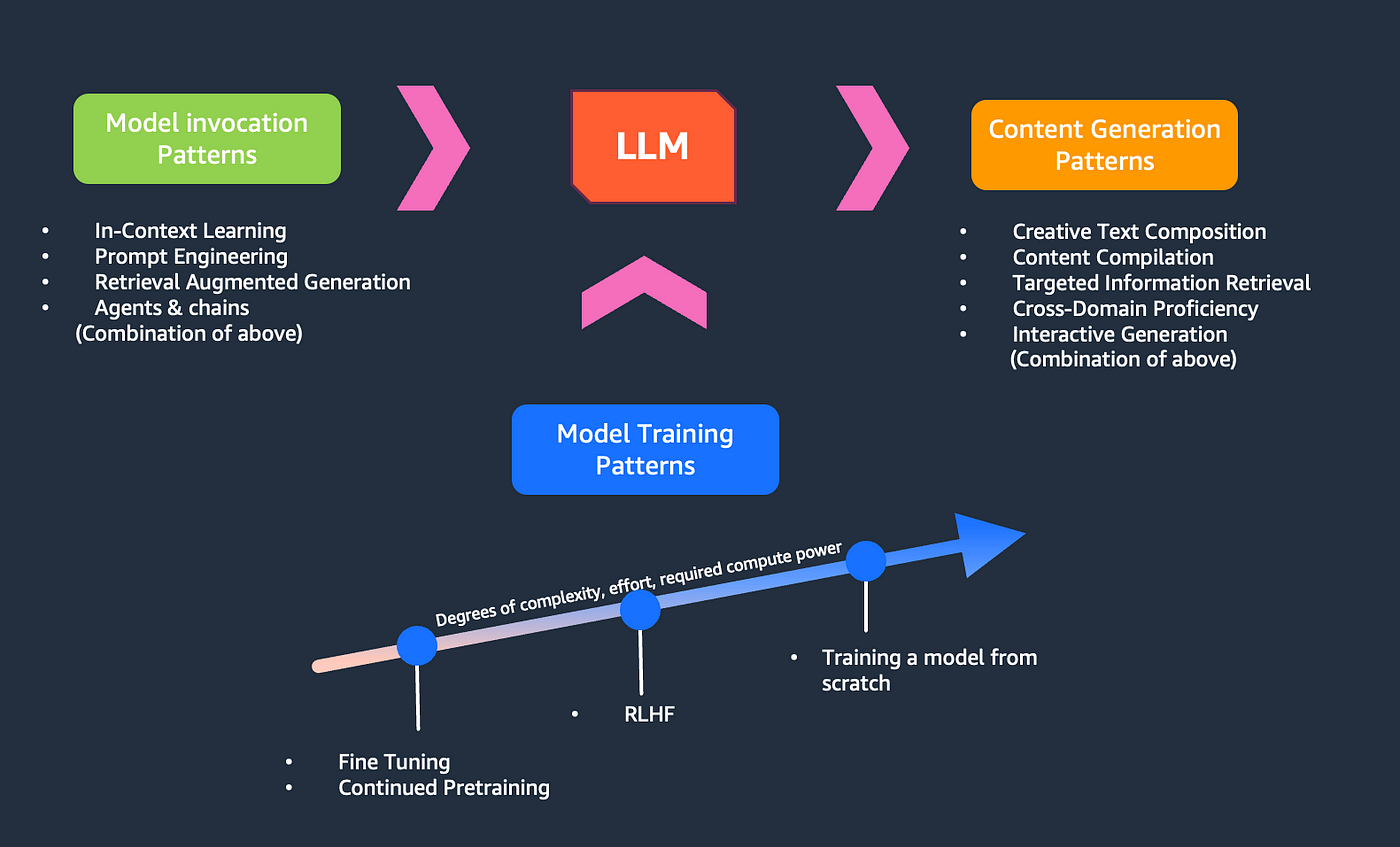Why Your Chickens Deserve a Safe Free-Range Space
In recent years, the trend towards free-range farming has seen a remarkable surge. This movement is driven by the demand for more ethically-produced poultry products and a greater understanding of the health benefits that free-range living offers to chickens. However, with this trend comes the challenge of ensuring that your feathered friends have a safe environment in which to roam.
Free-range areas, when chosen correctly, can significantly improve the well-being of chickens by providing them with opportunities for natural behaviors like foraging, dust bathing, and socializing. But how do you select such an area? This blog delves into the essentials for creating a safe free-range environment for your chickens, covering everything from terrain selection to predator control.
Assessing Terrain: The Foundation of Safety 🚜
Flat vs. Sloped Land
When it comes to choosing the right terrain for your free-range area, you should carefully consider the type of land available. Both flat and sloped lands have their pros and cons.
- Flat Land: Easier to manage, particularly in terms of setting up fencing and shelters. It’s less prone to erosion, making it a stable choice.
- Sloped Land: Better drainage, reducing the risk of muddy patches which can lead to foot problems in chickens. However, it can be prone to erosion and may require additional management.
Vegetation and Ground Cover
A variety of vegetation is essential not only to provide a natural diet for the chickens but also to offer shelter and boost mental stimulation. Opt for areas that have a mix of grasses, shrubs, and small trees.
- Grass: Provides a good source of natural food and keeps the soil intact.
- Shrubs and Small Trees: Offer shade and protection from aerial predators.
Recommendation: Rotating the grazing areas can help keep the vegetation in good condition and prevent overgrazing.
Essential Safety Features: Fencing and Shelter 🏡
Building Secure Fencing
Fencing is one of the most crucial elements in maintaining a safe free-range space. The purpose of the fence is two-fold: it keeps the chickens in and predators out.
Type of Fencing:
- Electric Fencing: Highly effective at deterring predators and can be set up to adjust its height.
- Welded Wire Fencing: Durable and provides a solid barrier, but ensure the spacing is small enough to prevent young chickens from slipping through.
Installation Tips:
- Height: At least 6 feet to deter most predators and flying chickens.
- Buried Edges: Bury the base of the fence at least 12 inches underground to deter digging predators like foxes and raccoons.
Implementing Secure Shelters
Even in a free-range setting, providing secure shelters is a must. These shelters offer protection from weather conditions and nighttime predators.
Types of Shelters:
- Permanent Coops: Built-in areas that can be fortified with strong materials.
- Mobile Shelters: Moveable tractors that can be relocated, providing fresh grazing areas while keeping chickens safe.
Key Features:
- Roosting Bars: Elevated perches to keep chickens safe at night.
- Nesting Boxes: Comfortable and secluded areas for laying eggs.
- Ventilation: Adequate airflow is essential to prevent respiratory issues.
Predator Control: Keeping Danger at Bay 🦊
Identifying Common Predators
Different regions have different predatory threats. Common predators include:
- Aerial Predators: Hawks and owls.
- Ground Predators: Foxes, raccoons, coyotes, and dogs.
Deterrents and Preventive Measures
Natural Deterrents:
- Dogs: Having a trained livestock guardian dog can be highly effective.
- Geese: Geese are excellent alarm systems and can deter some predators.
Physical Measures:
- Motion-Activated Lights and Alarms: These can surprise and scare off nocturnal predators.
- Secure Coops: Ensure that nighttime shelters are fortified and locked.
Regular Inspections:
- Conduct routine checks around your property to identify any breaches in security and promptly repair them.
Health and Welfare: Ensuring Optimal Conditions 🏞️
Regular Health Checks
Implementing regular health checks can catch potential issues before they become major problems.
- Feather Condition: Look for signs of feather loss which could indicate stress or predator attacks.
- Foot Health: Muddy and damp conditions can lead to foot problems, so ensure the terrain remains well-drained.
Nutrition and Hydration
Free-range chickens have the advantage of accessing a diverse diet, but supplemental feeding ensures they’re getting all the necessary nutrients.
- Feed Stations: Provide high-quality feed to supplement their foraging.
- Clean Water: Access to fresh water is essential. Use automatic waterers to ensure a consistent supply.
Utilizing Technology: Smarter Management 📱
Surveillance Systems
Installing surveillance cameras can be an excellent way to monitor the free-range area and ensure the safety of your chickens.
Benefits:
- Real-Time Monitoring: Allows for quick action if any threats are detected.
- Historical Data: Helps in understanding patterns of predation and other behaviors.
Online Resources and Communities
Joining free-range farming online communities can provide additional insights and support.
Popular Platforms:
- Backyard Chickens Forum: A wealth of information from experienced free-range chicken keepers.
- Reddit – r/BackyardChickens: A great place to ask questions and get advice.
Benefits of Safe Free-Range Areas for Chickens
Improved Health and Productivity
Safe free-range areas contribute significantly to the overall health of your flock.
- Physical Health: Chickens that roam freely tend to have stronger muscles and bones.
- Mental Health: Engaging in natural behaviors reduces stress and improves overall welfare.
Ethical and Economic Advantages
There are considerable ethical and economic benefits to creating a safe free-range environment.
- Ethical Farming: Meeting the growing consumer demand for ethically raised poultry.
- Economic Benefits: Healthier chickens require fewer medical interventions, reducing overall costs.
Taking the Next Steps
Creating a safe free-range area for your chickens is both a rewarding and responsible endeavor. With careful planning and ongoing management, you can ensure your chickens live in a healthy, safe, and enriching environment.
Remember to assess the terrain carefully, build secure fencing and shelters, implement effective predator control, maintain good health practices, and leverage technology where possible for smarter management.
By following these guidelines, you can create a sanctuary where your chickens thrive, offering you peace of mind and potentially better yields.
🌱 Ready to get started? Explore more about free-range farming and secure setups by visiting Backyard Chickens and ensure your flock’s safety today!










